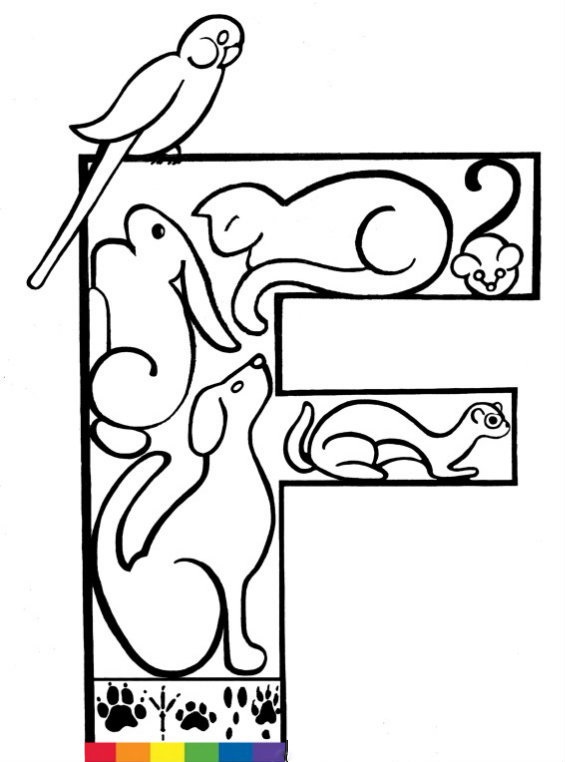SUGAR GLIDERS
- Sugar Gliders are small marsupials in the same general family as a Kangaroo or Koala Bear. They are originally from the rainforests of Australia and Indonesia, and have been domestically bred as household pets in the United States for the last 12-15 years.
- They got the name "Sugar Glider" because they (1) like to eat almost anything that is sweet, especially fresh fruit & vegetables, and (2) they have a gliding membrane that stretches from their wrist to their ankles, allowing them to glide - not fly - from tree to tree.
- A proper diet for these pets is essential. Research well before getting one (or more) on how to put together a complete and balanced diet.
- Probably one of the most unique things about Sugar Gliders as household pets is how strongly – and permanently – they bond to their human families.
- Once they are fully bonded to you and your family, they can go almost everywhere with you in public without being caged, and they will not want to leave your shoulder or pocket.
- Baby Sugar Gliders are called “Joeys,” and they are about the size of a grain of rice when they are born.
- They spend the first few weeks of their lives in their mother’s pouch and fully-grown they are about 5-7 inches in length, not including their tail, and weigh about 6 ounces.
- The single most important factor in bonding with a Sugar Glider is their AGE – and that is WHY it’s best to purchase when they are between eight and twelve weeks old.
- They are not just a “one person” animal. When brought into a family setting with children and other pets, they will normally consider everyone to be their “colony,” and will bond to that group for life.
- While they bond to everyone in the family, each glider will almost always have a favorite person, usually the person who holds them the most; that will be their “primary bond.”
- Once your baby gliders have started to bond with you and your family, one of the most rewarding things about watching them grow up is observing how they form lifelong bonds with the other pets in your home.
- When introduced properly, sugar gliders will bond to most household pets, except reptiles (like snakes). They can also be very afraid of some species of large birds in the beginning, since in the wild, they are commonly preyed upon by large birds.

